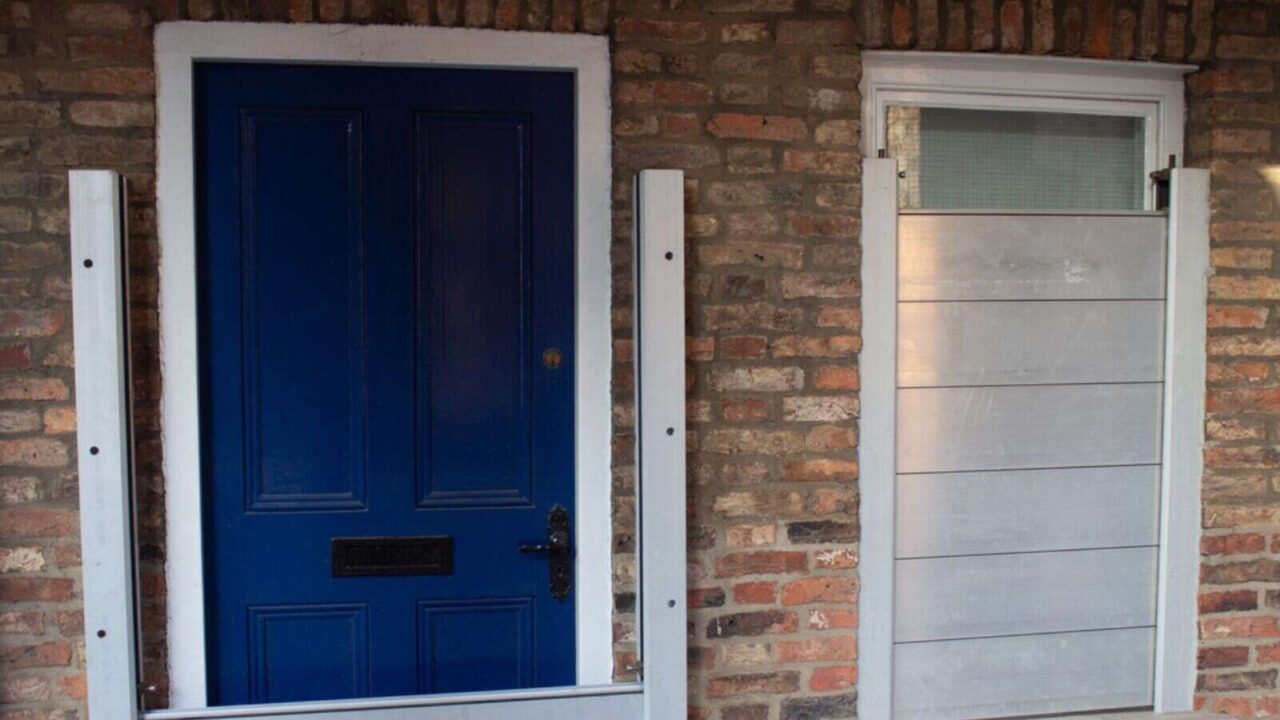
Essential Strategies for Protecting Your Home and Family
The recent storm disasters in the US have taught us one thing; design your home in a way that can stand firm in the face of a natural catastrophe.
While it’s true that some storms and hurricanes can be deadly and escape might be the only option, there are times when strategic protective measures play a great role in protecting you and your loved ones.
Keep reading and find out what these measures are.
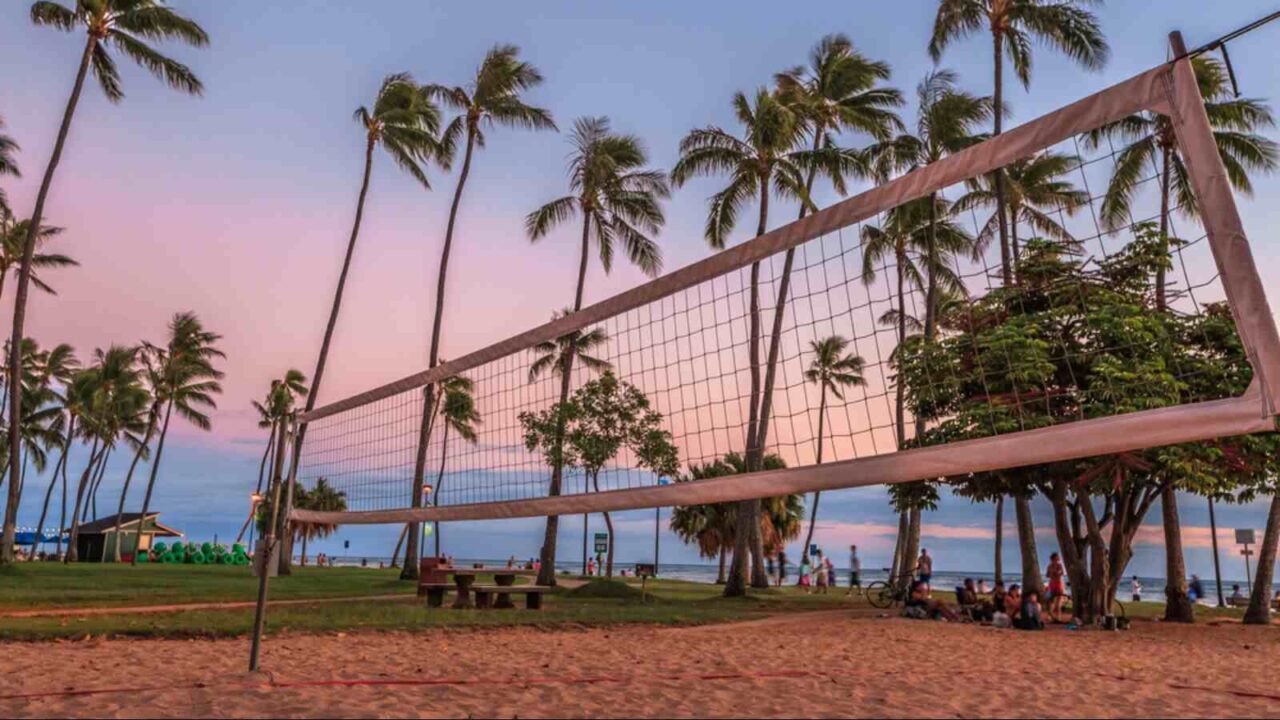
Know Your Risks
To prepare your home and the surroundings for disaster, you need to identify the risks you might encounter. Every area is different in the sense that it will face different natural disaster threats.
Coastal areas are often at risk for hurricanes and flooding, while if you’re located near fault lines, you’ll be more prone to facing earthquakes.

Creating an Emergency Plan
What would you do if you were affected by a hurricane? Or if there was a threat for one?
You need to outline clear escape routes, including multiple exit cases in case one is blocked. A designated safe meeting point near your home should also be set, where everyone can regroup after evacuating.
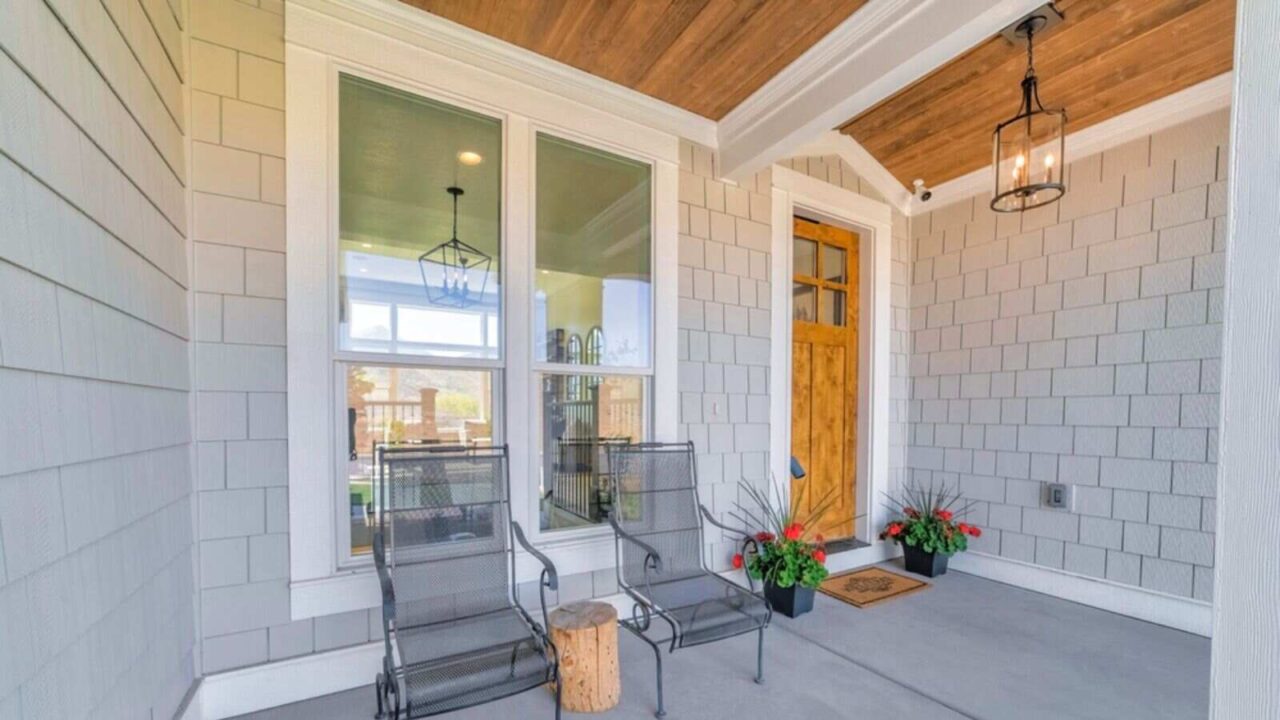
Secure Your Home
You need to make sure all the doors and windows are perfectly secured to make sure your home is safe during extreme weather conditions like a storm or hurricane. To keep the high winds at bay, install solid core or metal doors.
Deadbolts are great for security purposes and don’t forget to reinforce the door frames.
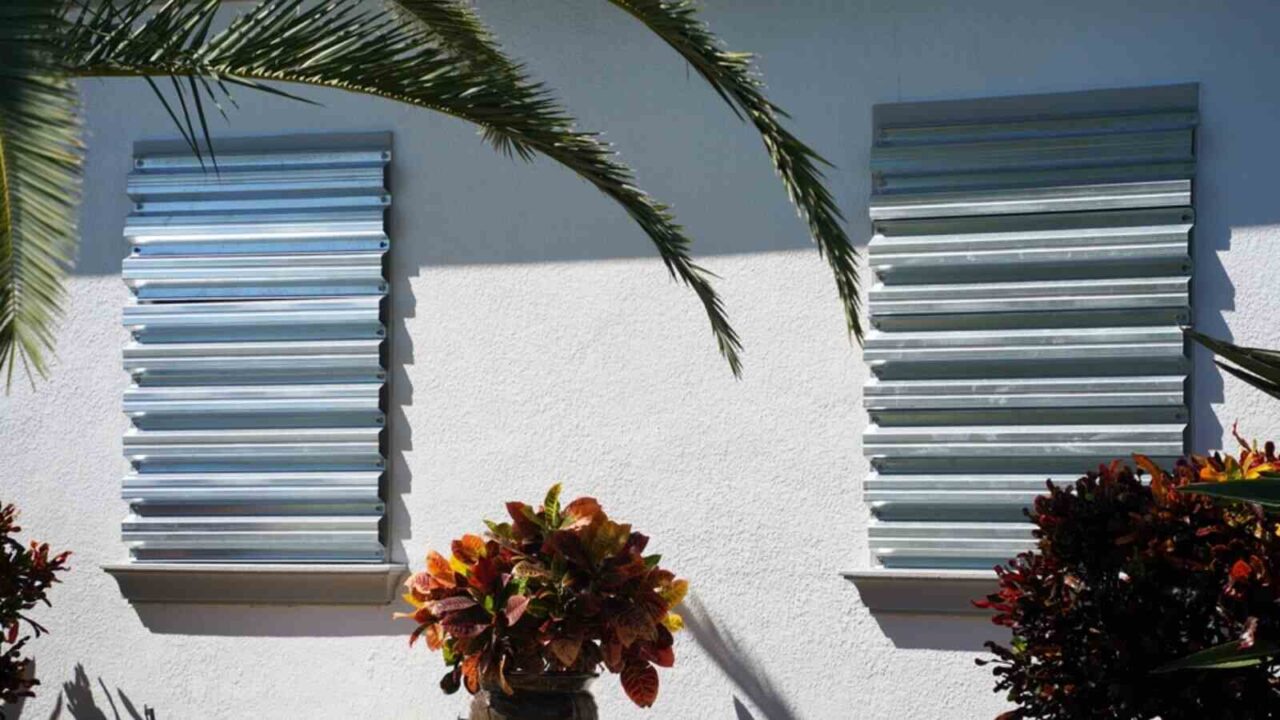
Install Storm Shutters
This one is non-negotiable. These shutters are made from durable and resistant materials which makes sure your home isn’t affected by destructive forces of hurricanes.
When it comes to storm shutters, the market is full of various choices including panel, roll-down, and accordion options. If you want to go for a cost-effective solution, plywood works too.
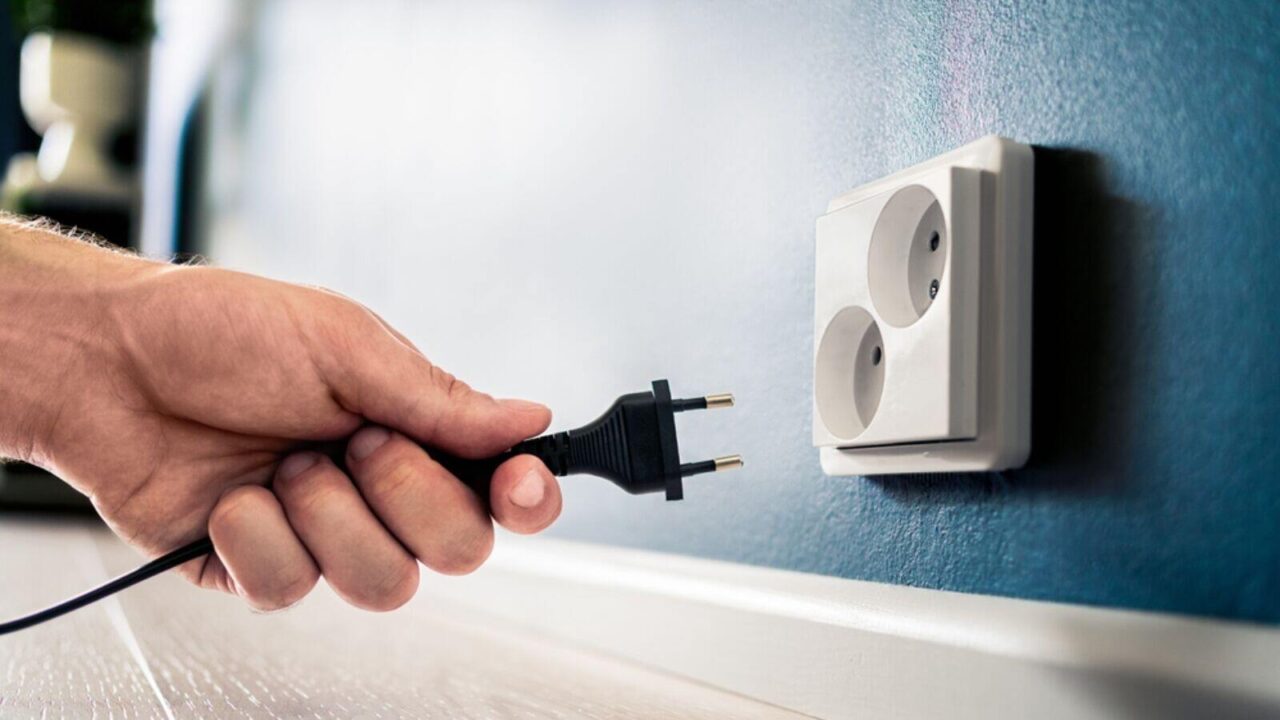
Heighten Utilities
If you live in an area that’s heavily prone to extreme rain or rising waters raise utilities. The logic behind this measure is simple, heightening the electrical plugs and utilities above the flood elevation recommended for your area makes sure they’re still functional after flood damage.
Electrical utilities include heating and cooling systems, water heaters, and gas lines.
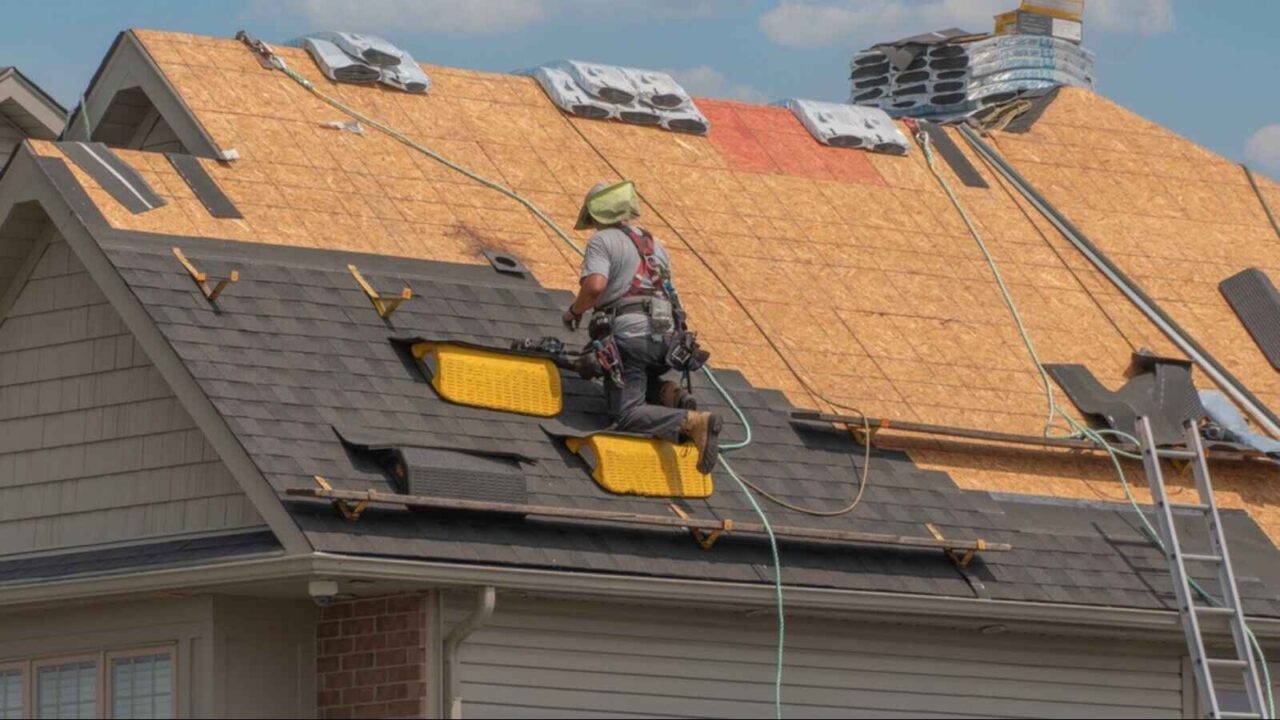
Roof Maintenance
Make frequent inspections of your roof a habit as it will help keep your home protected from leaks and damages, especially during heavy storms. Inspect your roof at least twice a year and after major weather events.
Similarly, keep an eye out for damaged or missing shingles, any signs of wear, or cracks.
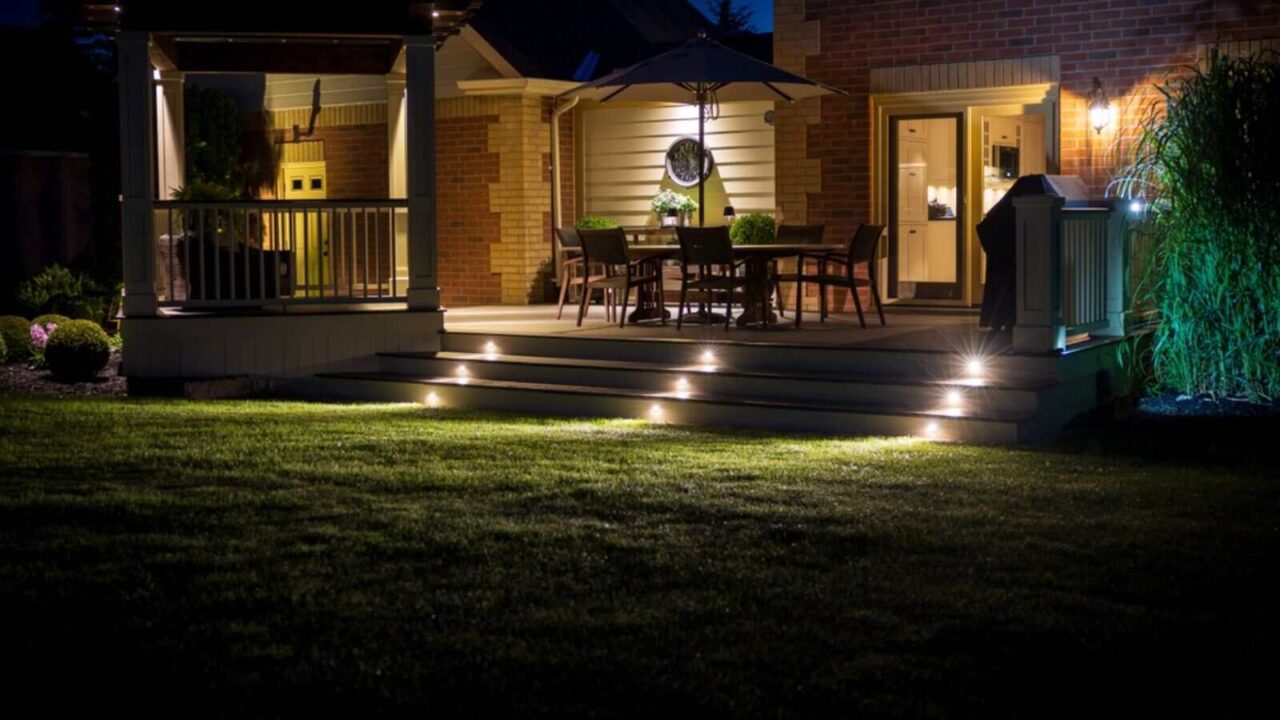
Landscaping for Additional Security
To minimize the risk of falling debris during storms, invest in proper landscaping. Regularly trimming bushes, grass, and trees especially those situated closer to your home plays a great role in disaster preparedness.
Any dead or weakened branches that easily break off during high winds should be immediately removed. There’s also the option of planting trees and plants that can help deflect wind and can be used as a natural barrier.
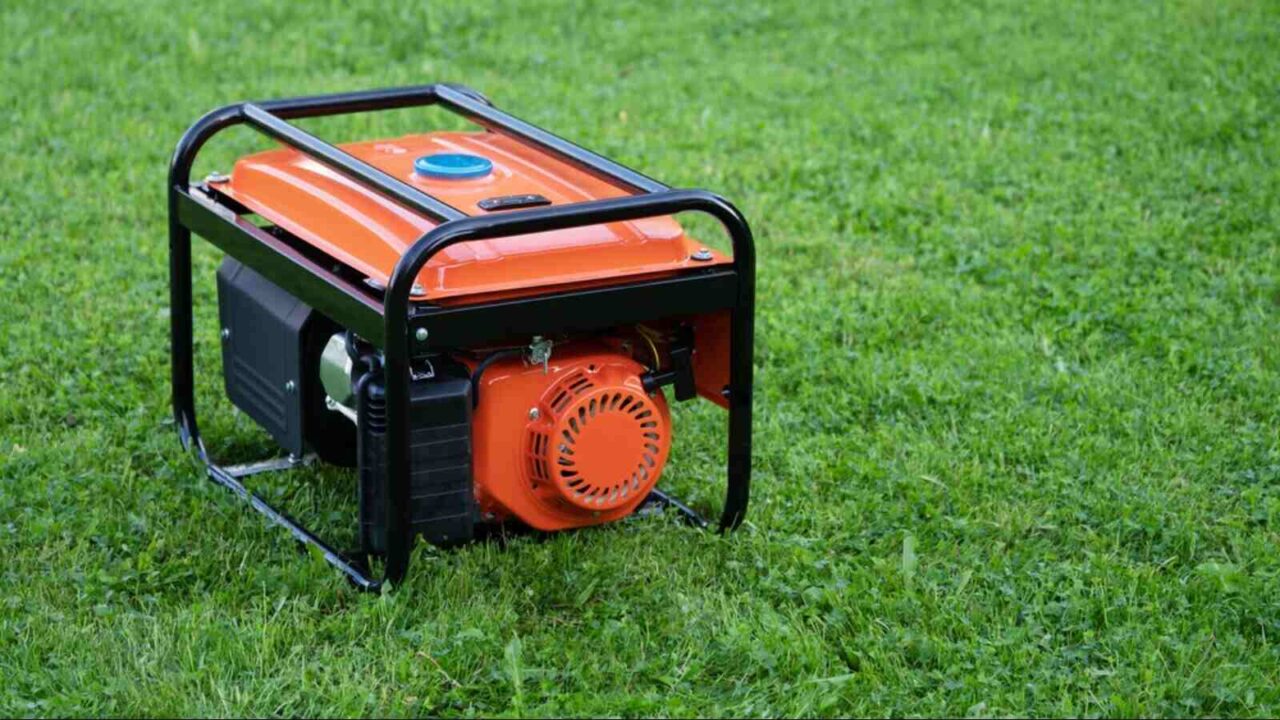
Power Backup
When extreme weather strikes, it’s difficult to maintain comfort and safety on the spot. Hence, it’s recommended to make arrangements beforehand.
This would include investing in a generator that can provide electricity to essential appliances such as refrigerators, medical devices, and heating or cooling systems. When purchasing a generator, consider the wattage needed to run the device and go for a model that suits your power requirements.
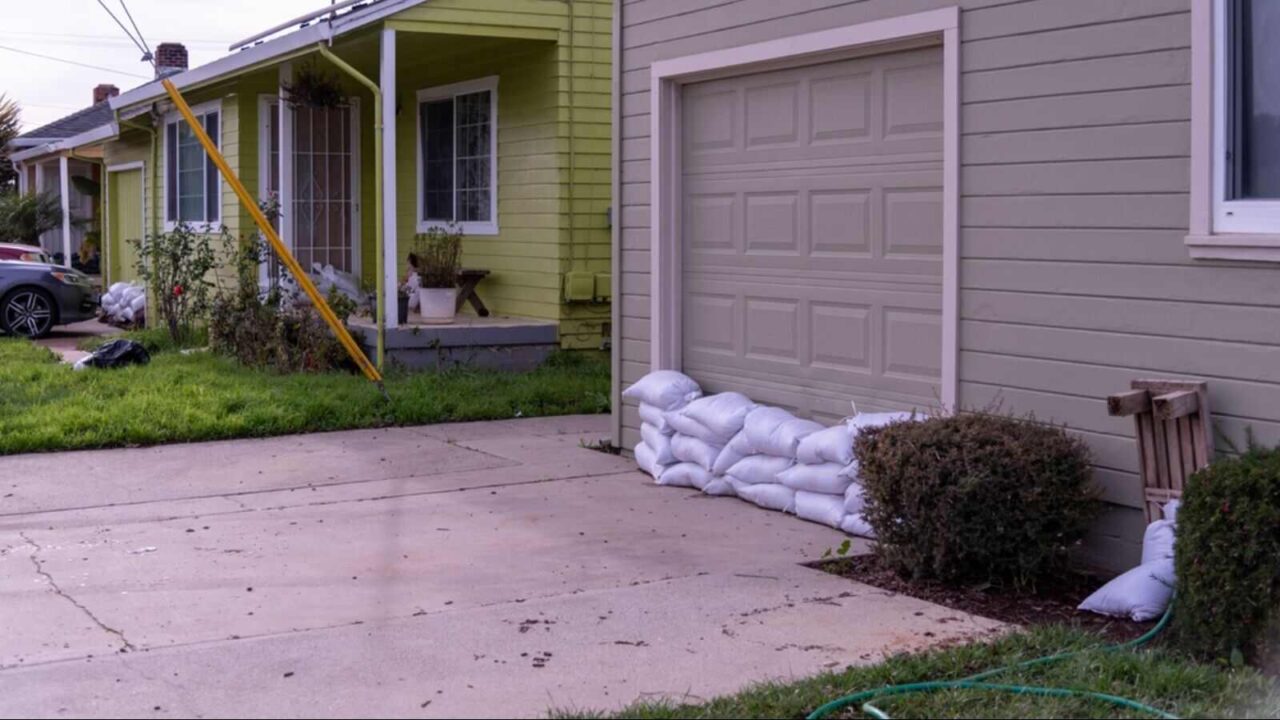
Flood Barriers
A proactive strategy for protecting your home from water damage during rains or flooding, flood barriers are an effective solution. You can choose from a variety of options including removable panels, permanent structures, and temporary sandbags.
If you go for the sandbag option, make sure to fill them up with soil or sand, and stack them in a line to create a barrier around vulnerable areas such as low-lying parts of your property.
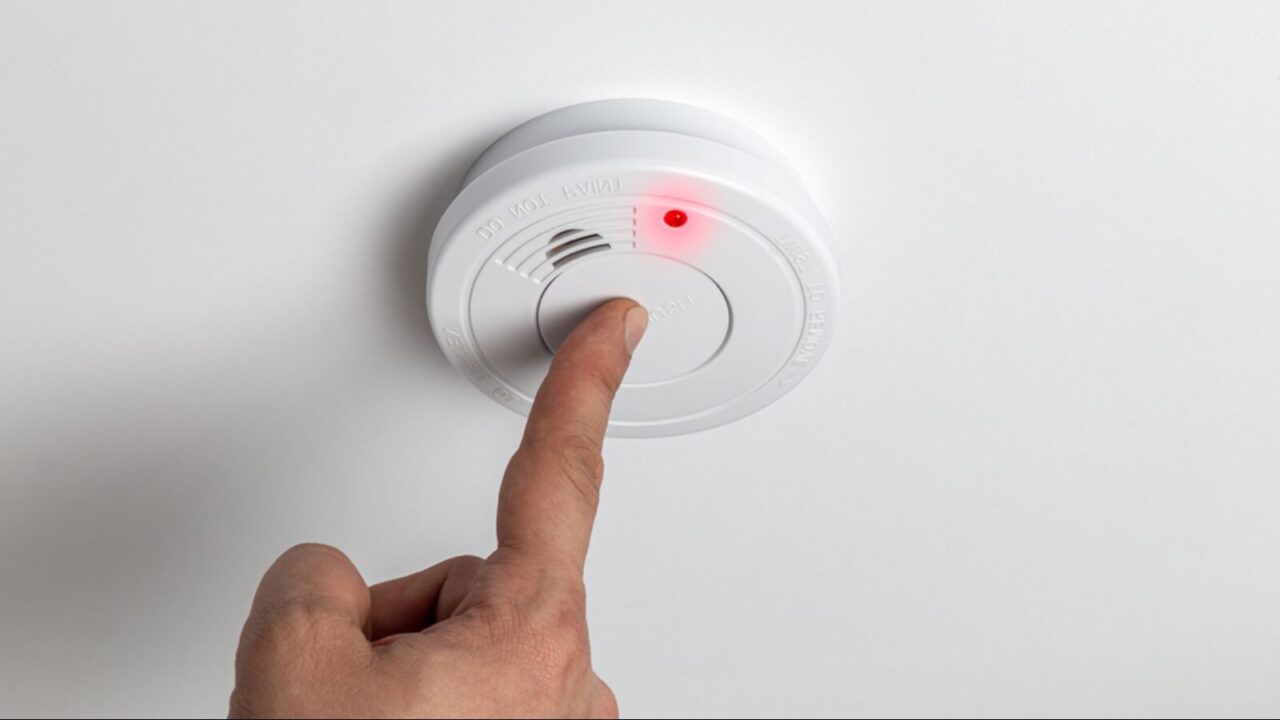
Fire Safety Measures
It’s important to set measures that will protect your home from any potential fire hazards. Smoke detectors installed on every level of your home are non-negotiable, especially near sleeping areas and hallways.
Regularly test these devices to make sure that they’re functioning properly and replace the batteries every once a year.
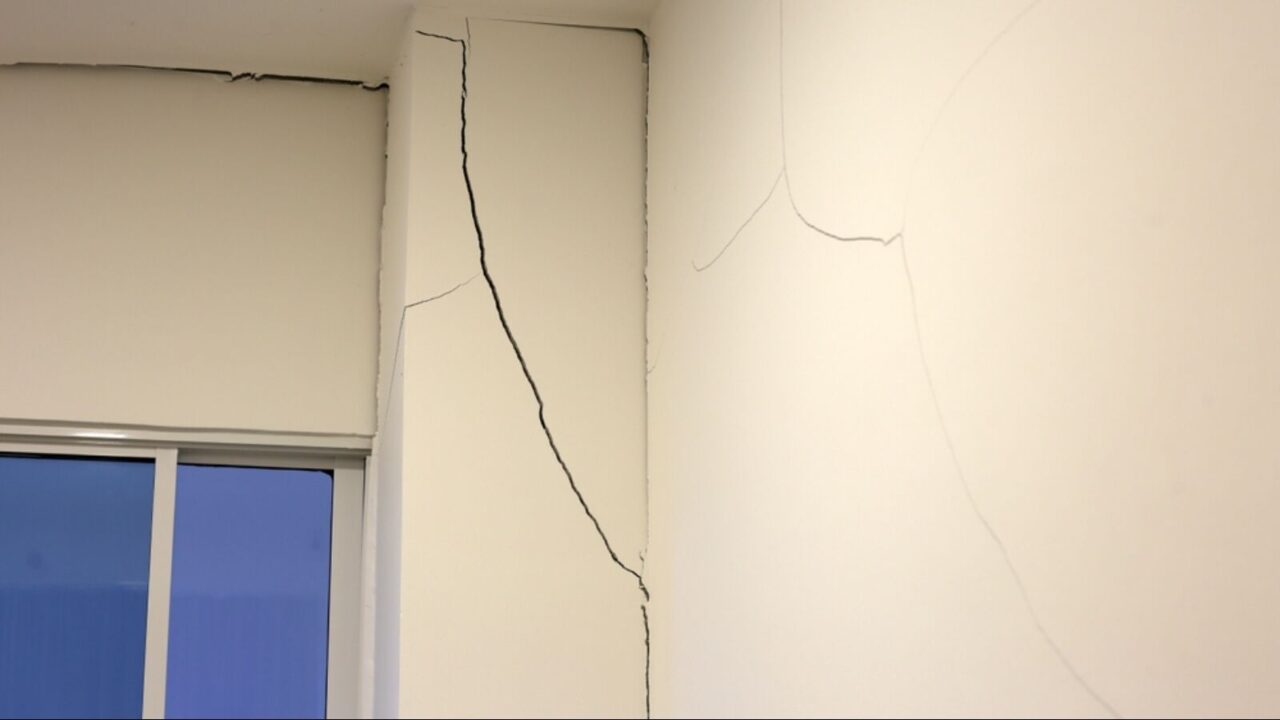
Earthquake Preparedness
If you live in an area that’s known to be affected by earthquakes, you need to protect your family and property from potential damage. To do so, you can start by securing heavy furniture such as bookshelves, appliances, and cabinets to the walls using brackets or straps.
Doing so makes sure these items don’t fall over during seismic activity. Store heavy items on lower shelves to minimize the risk of them falling.

Flexible Furnishings
When decorating your living room, use flexible furnishings for increased flexibility and adaptability, especially during emergencies. Lightweight, moveable furniture such as ottomans, small tables, and modular seating are perfect during disasters as they can be easily moved from one area to another.
Round-edged furniture reduces the risk of injury during chaotic situations while versatile pieces that serve various functions can help maximize space while maintaining a clutter-free environment.

Open Floor Plans
To improve safety and accessibility during emergencies, consider choosing an open floor plan. By minimizing the use of doors and walls, you create a spacious layout that facilitates easy movement and allows family members to make quick movements during times of urgency.
Additionally, an open floor plan improves visibility in the sense that it will allow you to keep an eye on all areas which can prove to reassuring during stressful situations.
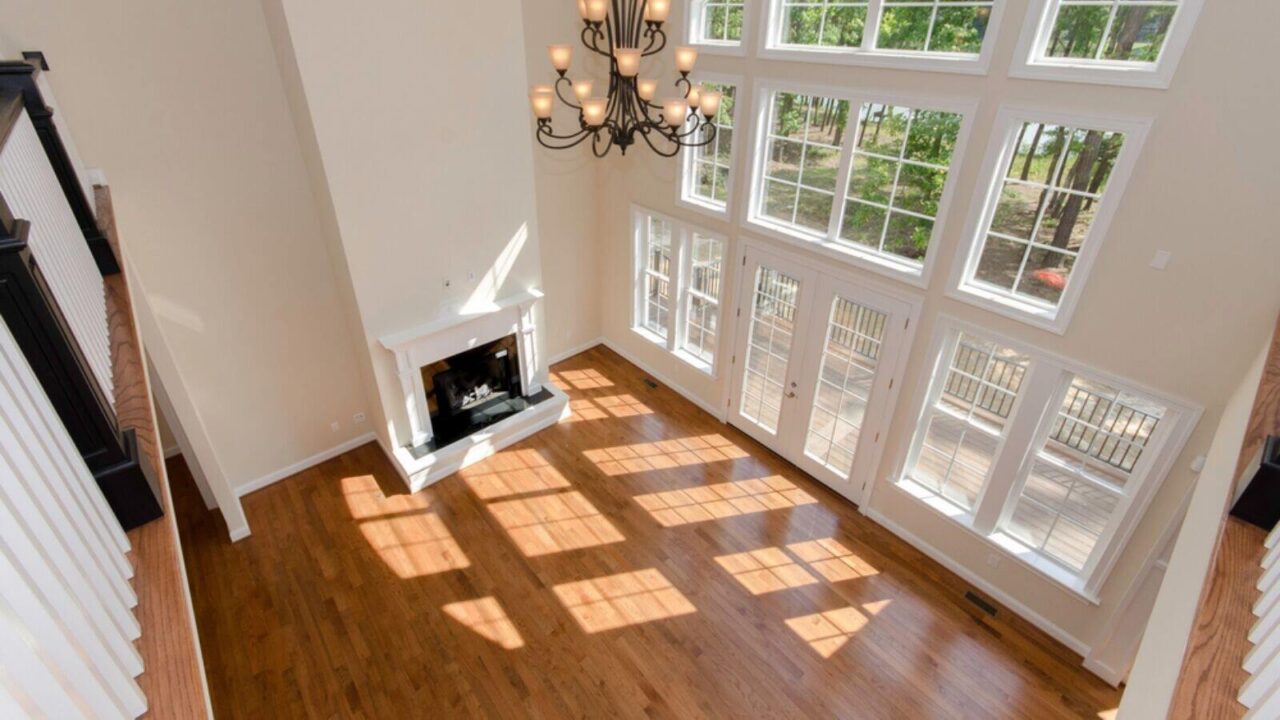
Durable Flooring Options
For areas that are prone to flooding and water damage, durable flooring materials are crucial as they will make sure your home’s integrity is maintained. Water-resistant options like vinyl, tile, or laminate can withstand moisture without warping or deteriorating.
Such materials also make cleanup easier after a disaster such as spills and flooding. Interested in storm-proofing your home? Check out this piece on “Essential Tips for Storm Proofing Your Home“.

Decorate With Safety in Mind
Securing your home on all fronts doesn’t mean you should compromise on aesthetics. The rule is simple, prioritize safety and decorate accordingly.
If you’re decorating your living room with heavy art pieces and wall hangings, make sure they’re tightly secured. Similarly, use non-slip mats in your kitchen and surrounding areas to prevent slipping in chaotic situations.
If you’re redecorating your home, you might want to check out “15 Decor Mistakes to Stop Making Today“.